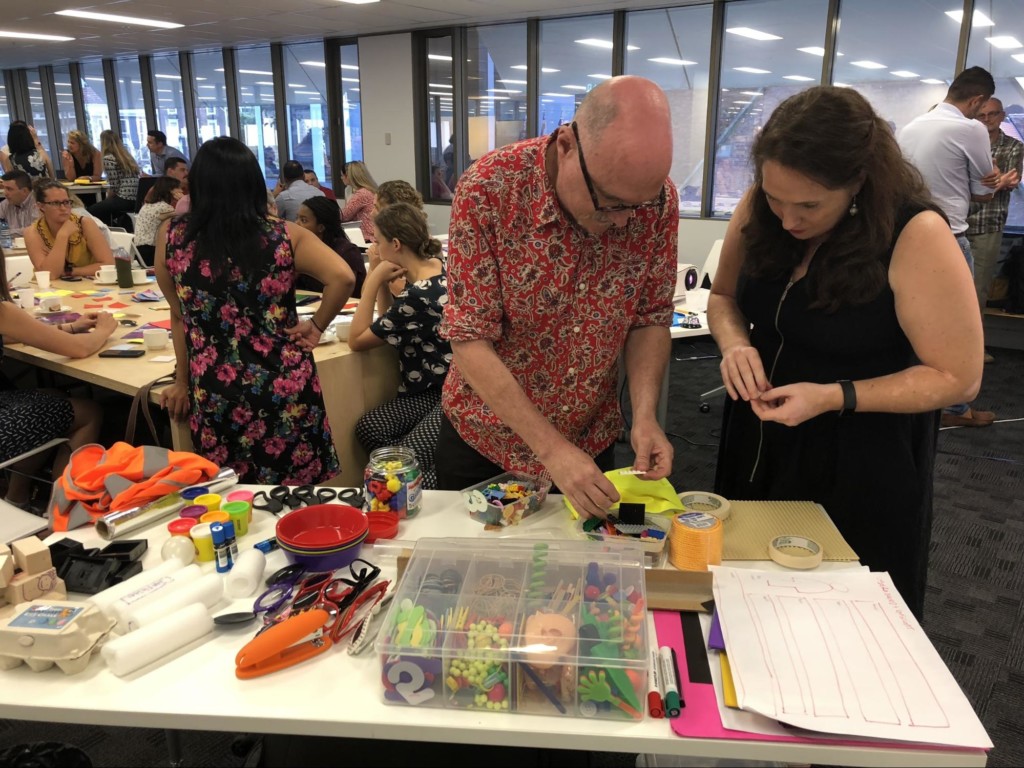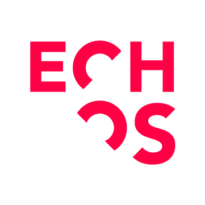Gone are the days when games were considered a distraction for children, or a childish distraction. In 2018, games are everywhere and in everything that we do.
All work and no play? No, no, what’s all the rage in companies across the world now is: work hard and play hard (while at work).
What is gamification?
“Gamification is the application of typical elements of game playing (e.g. point scoring, competition with others, rules of play) to other areas of activity, typically as an online marketing technique to encourage engagement with a product or service.” (Source: dictionary.com)
“Gamification is the application of game-design elements and game principles in non-game contexts. Gamification commonly employs game design elements to improve user engagement, organisational productivity flow, learning, crowdsourcing, employee recruitment and evaluation, ease of use, usefulness of systems, physical exercise, traffic violations, voter apathy, and more. A collection of research on gamification shows that a majority of studies on gamification find it has positive effects on individuals. However, individual and contextual differences exist. Gamification can also improve an individual’s ability to comprehend digital content and understand a certain area of study such as music.” (Source: Wikipedia)
How can companies benefit from gamification?
It is possible to use gamification in many ways to accomplish a variety of different things within a company. Gamification can be used:
- In digital products, such as apps, by implementing elements of competition, goals and rewards to the user experience
- In the process of engaging clients with a service – the most common example of this are the many fidelity programs that give points as rewards for clients to never “cheat” on a specific service by using a different company
Gamification in retail
Starbucks is known to be one of the most innovative retailers in the world. They have created a gamification strategy to increase sales. It works quite simply: customers are encouraged to check in when arriving at a store. From that point on, they will be assigned “missions”, such as visiting another 5 Starbucks stores, in order to be awarded points and badges. By making their customer experience fun, they
Gamification in corporate spaces
When you work for IBM, doing a 360 review looks a lot like a game. The strategy was implemented by Bluewolf, their consulting firm, to help with employees feedback. As a result, feedbacks became more accurate and allowed for processes to change and training to take place when needed. (You can read more about gamification in IBM on this 2014 article).
How to apply gamification techniques to your workplace?
- Create systems and goals that, once achieved, will result in desirable rewards for your employees
- Turn employee’s milestones, such as birthdays or work anniversaries and into opportunities to encourage group activities that promote a healthy competitiveness amongst the team
- Use gaming techniques for training purposes
- Gamify performance reviews to increase engagement and achieve high levels of feedback
- Apply Design Thinking methods when facing complex problems at work. Design Thinking encourages teams to work together in order to achieve innovation through creativity, experimentation, empathy and collaboration
—
Follow us on social
Instagram – Facebook – LinkedIn
How Can We Help?
For training and Innovation Journeys in your company: check out our in-house course offering
For upcoming courses in your region: visit our website.
If you have a special project and would like to use Echos’ consultancy services: send us an email.



